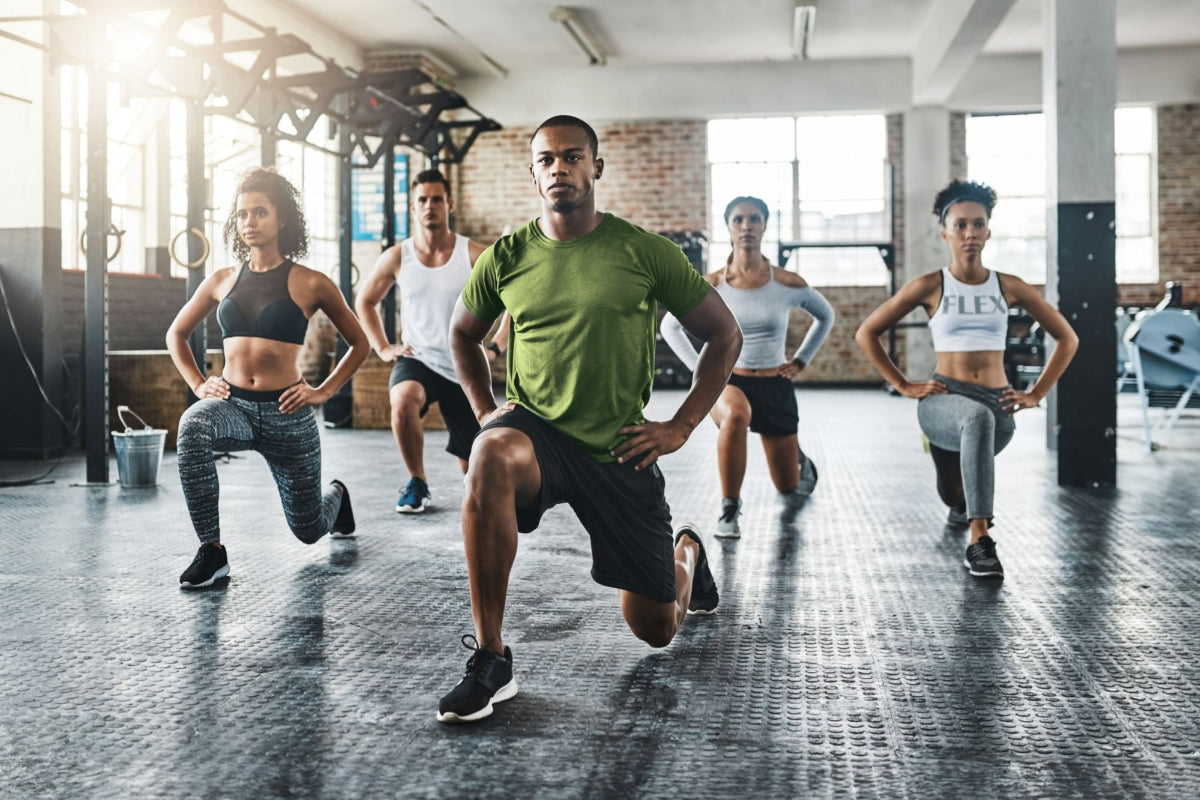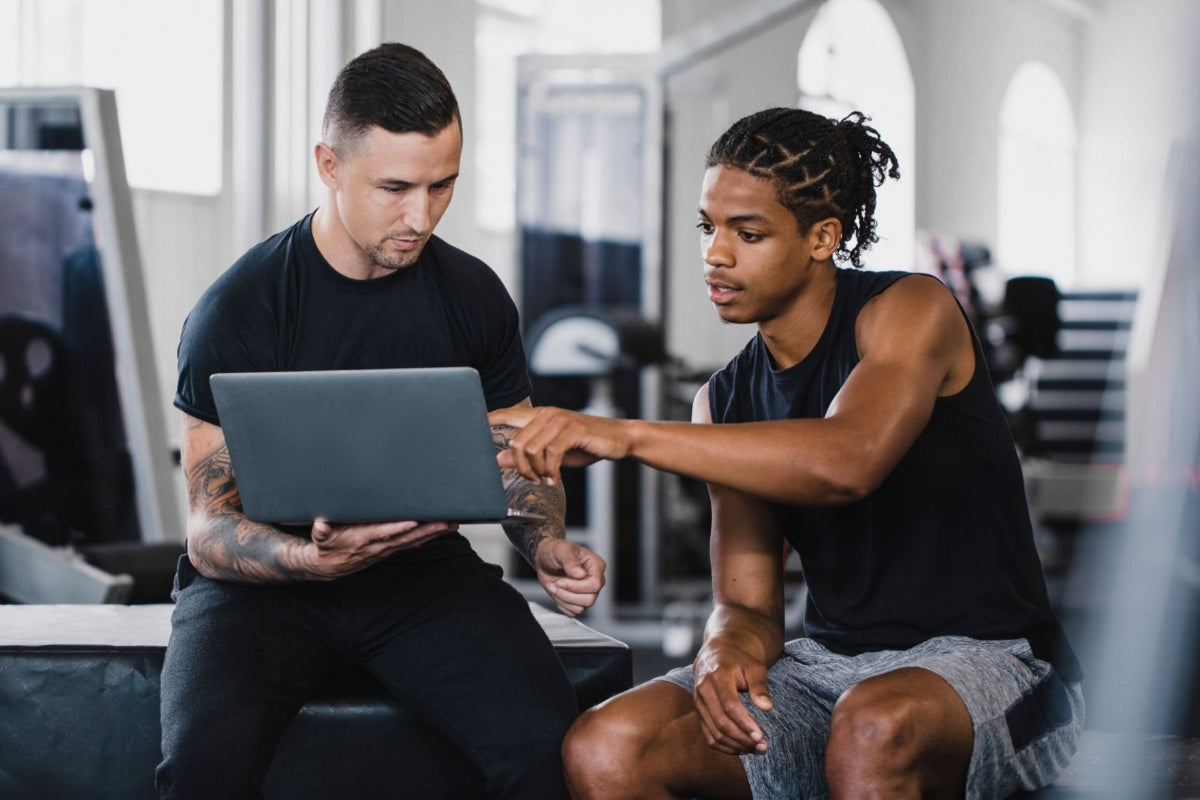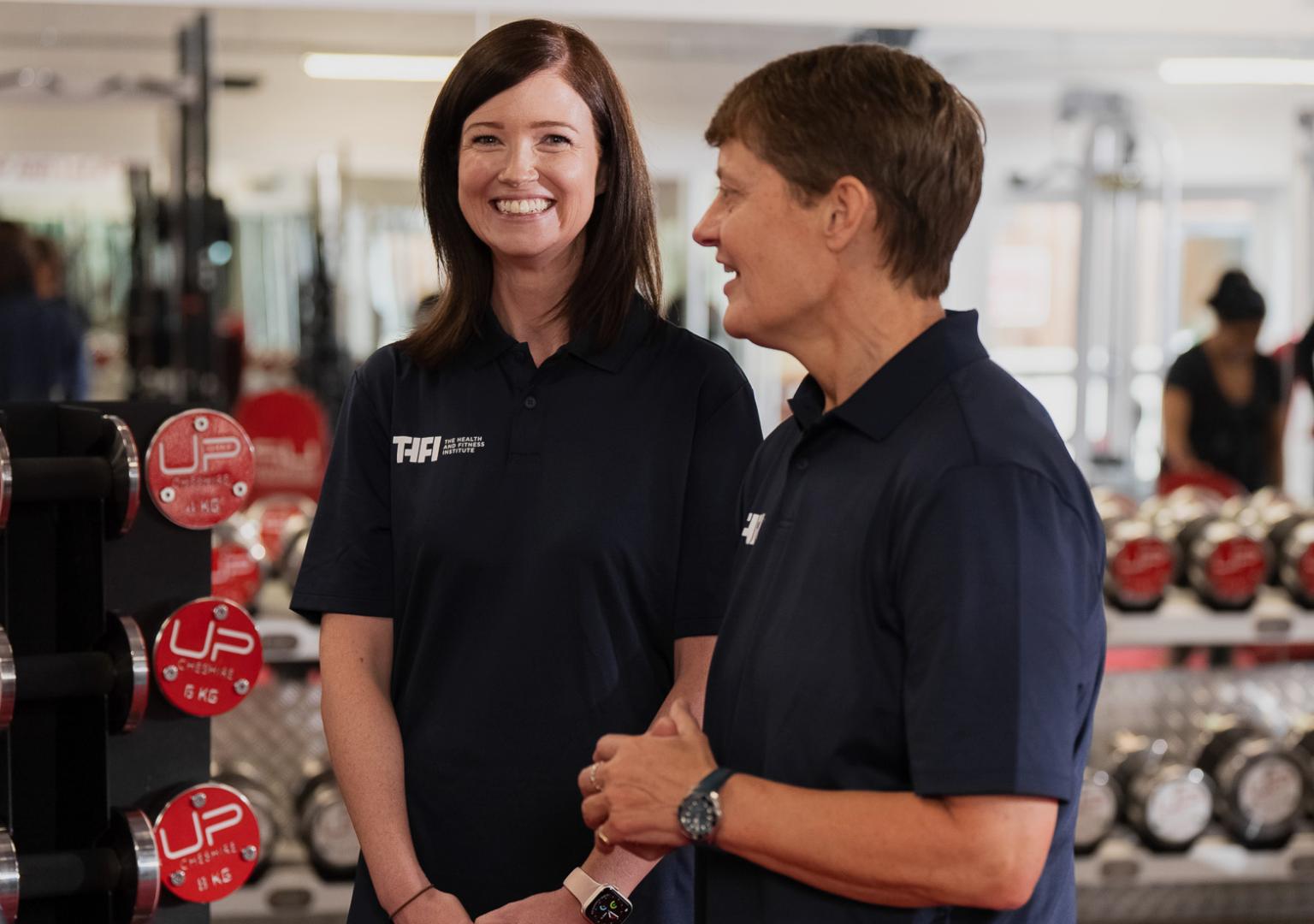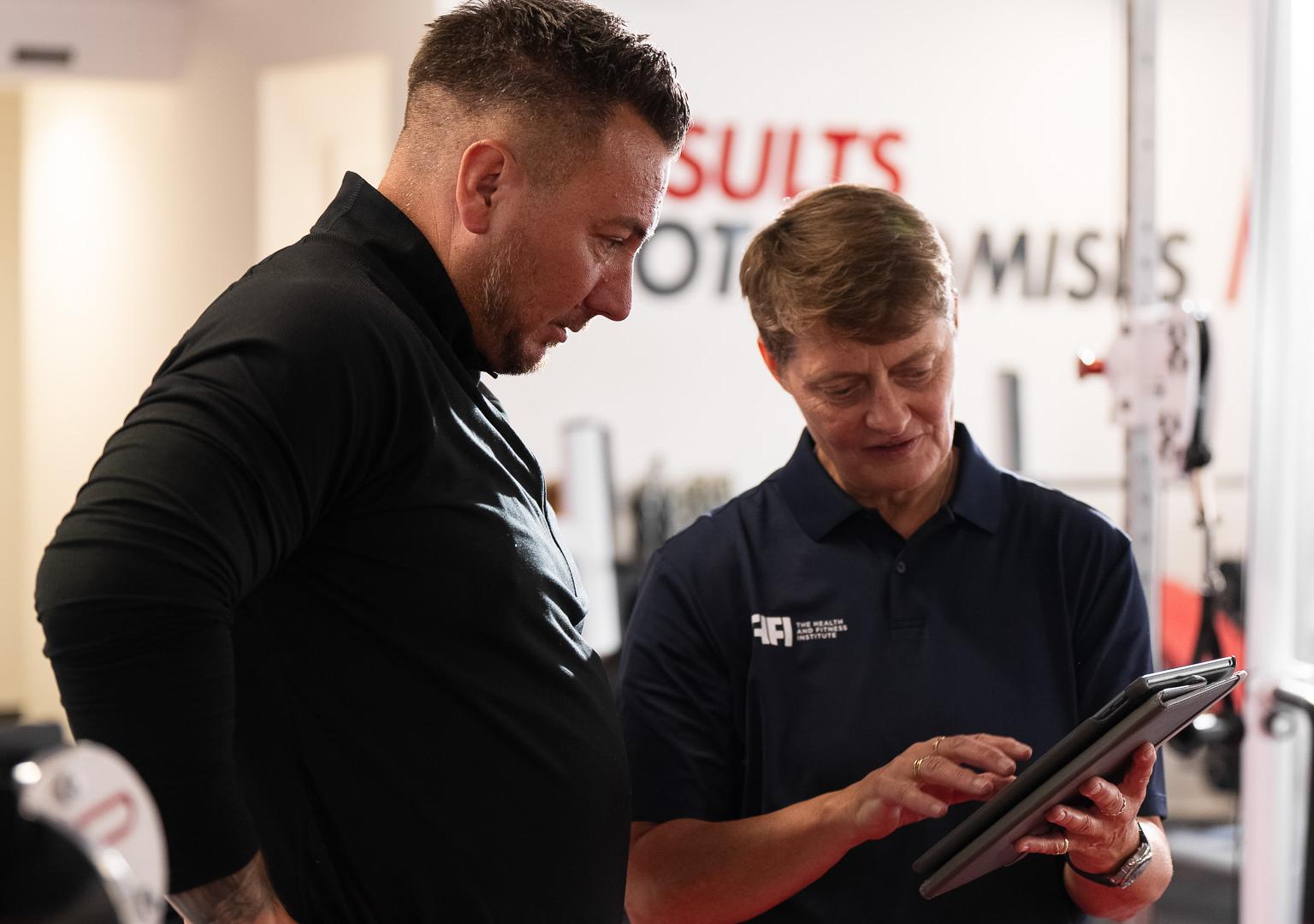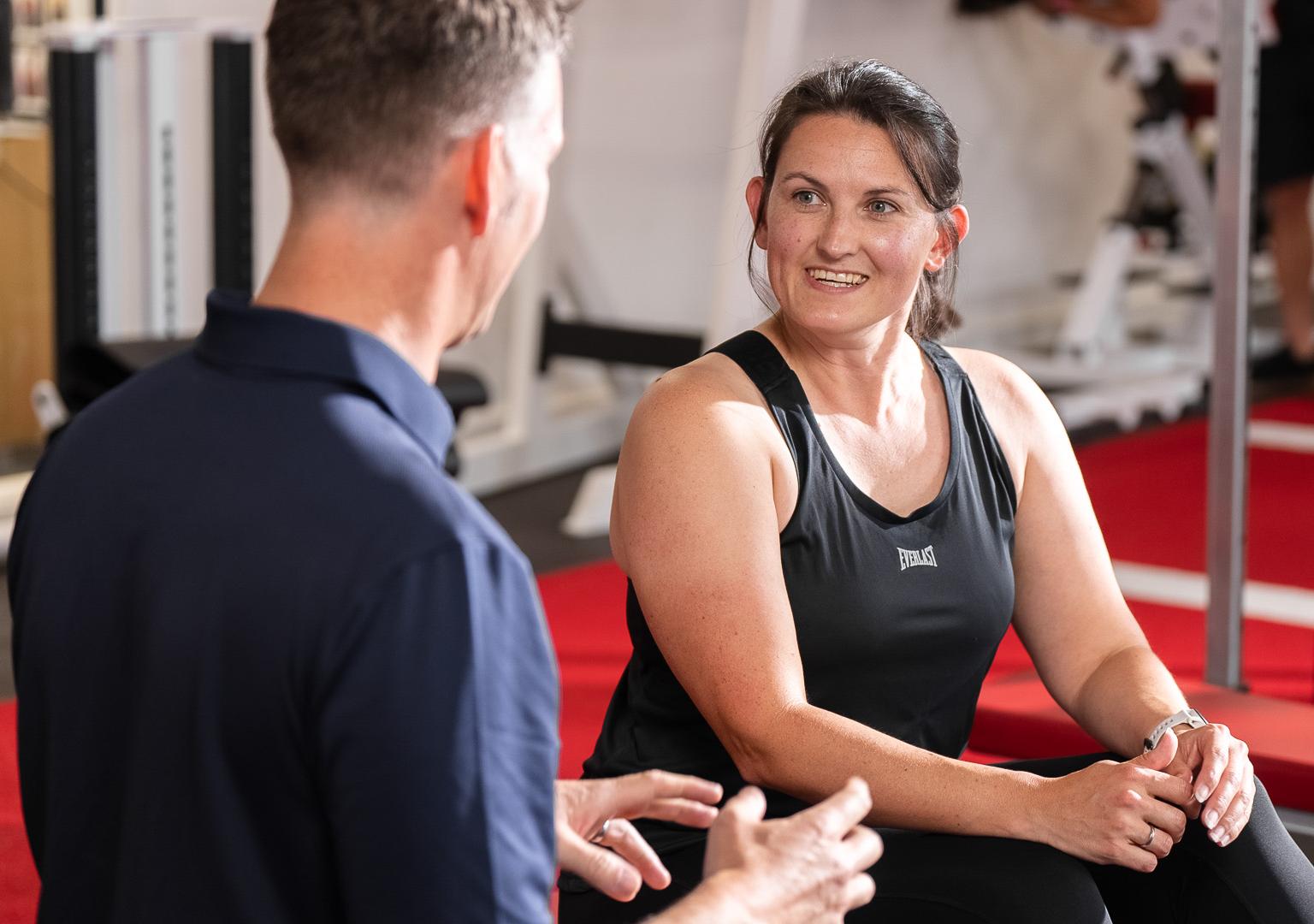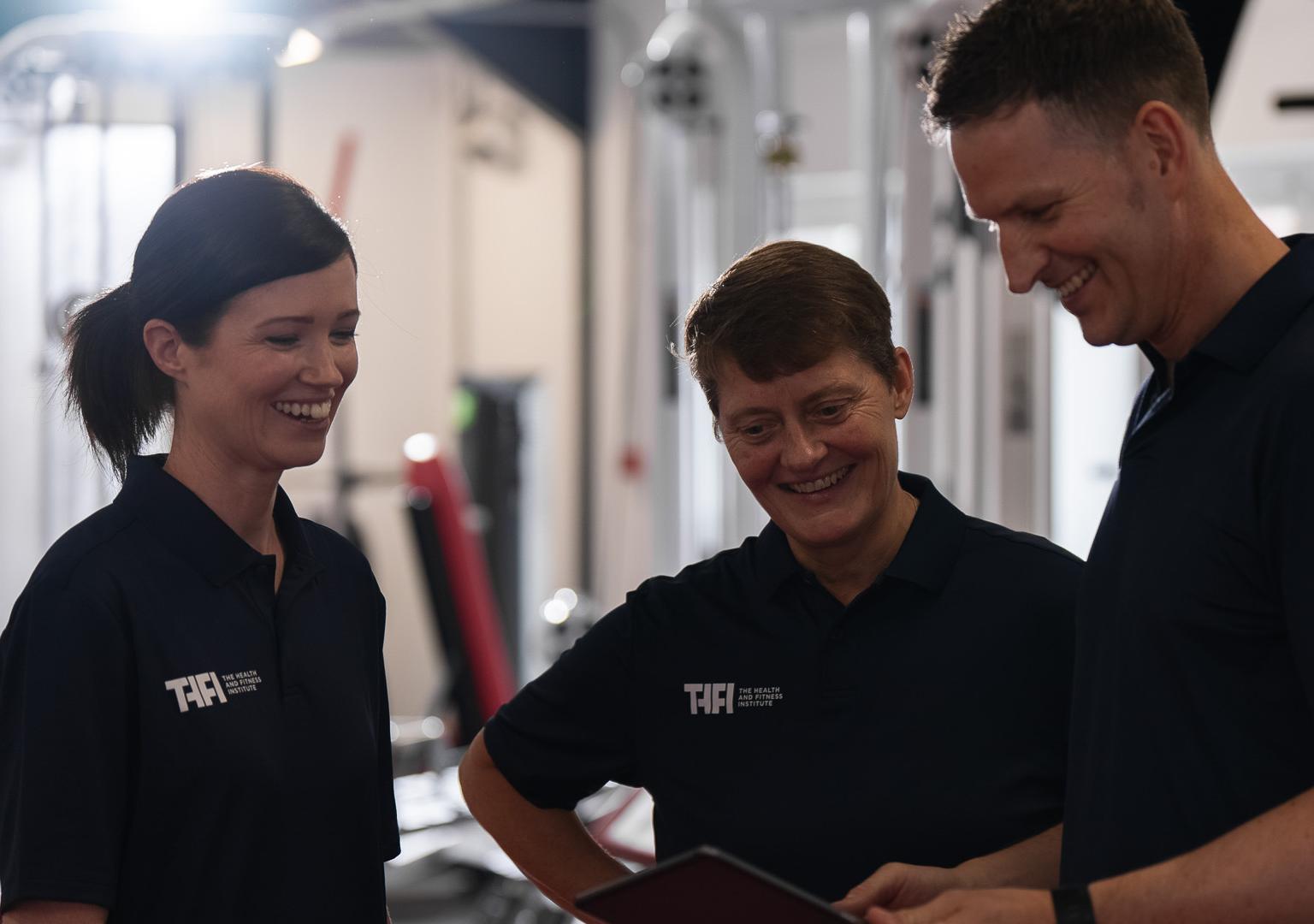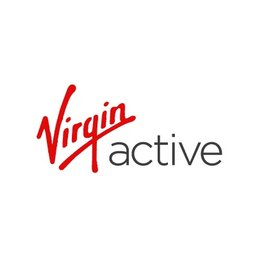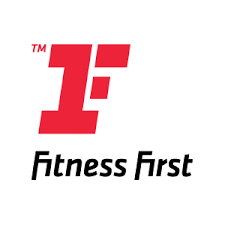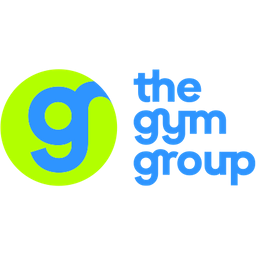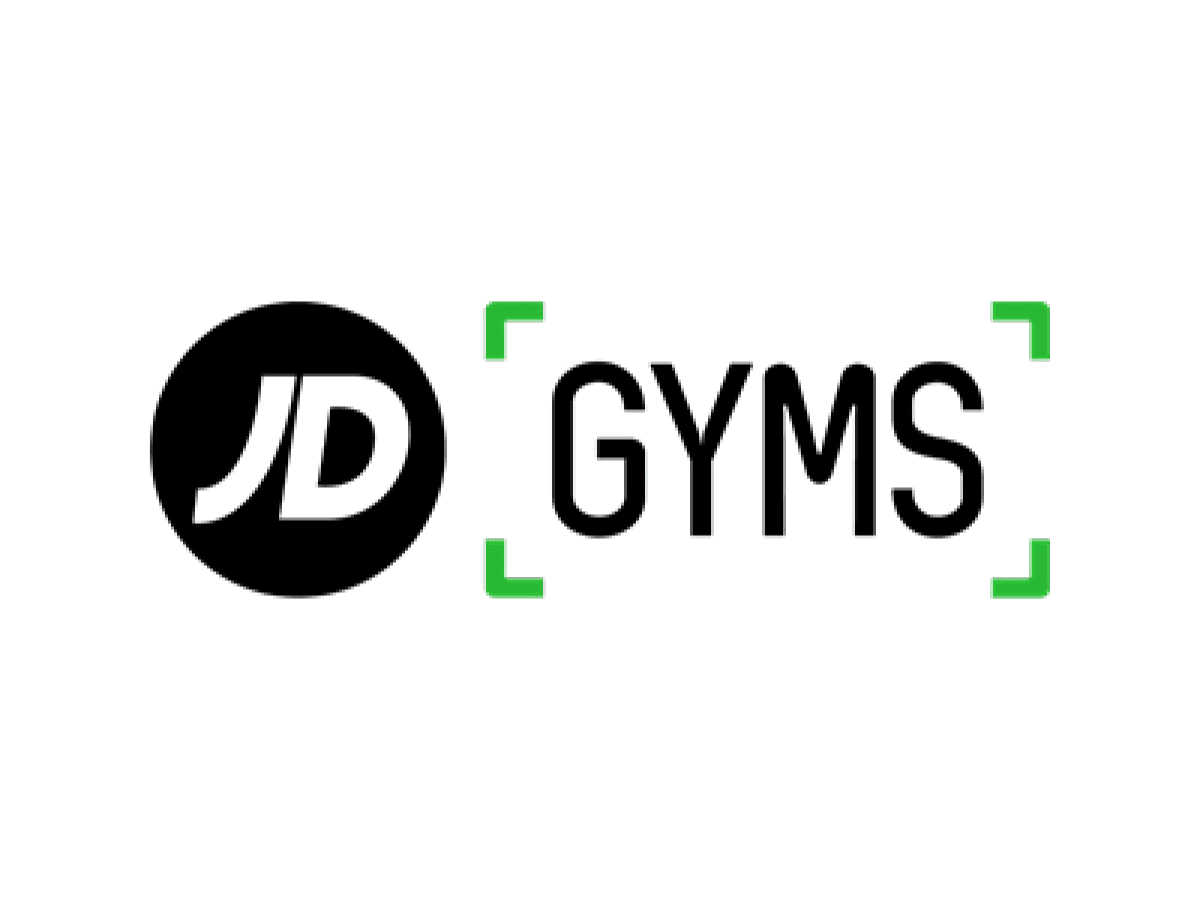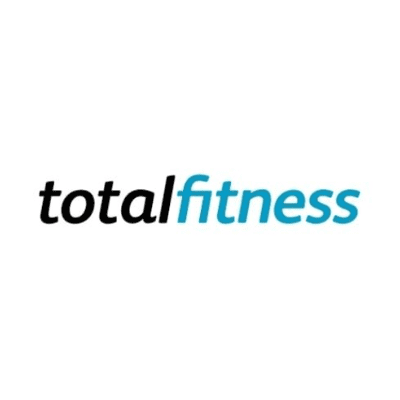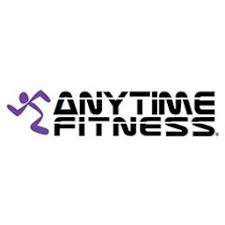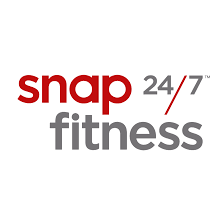3 Tips to Make Your Group Training Sessions a Success
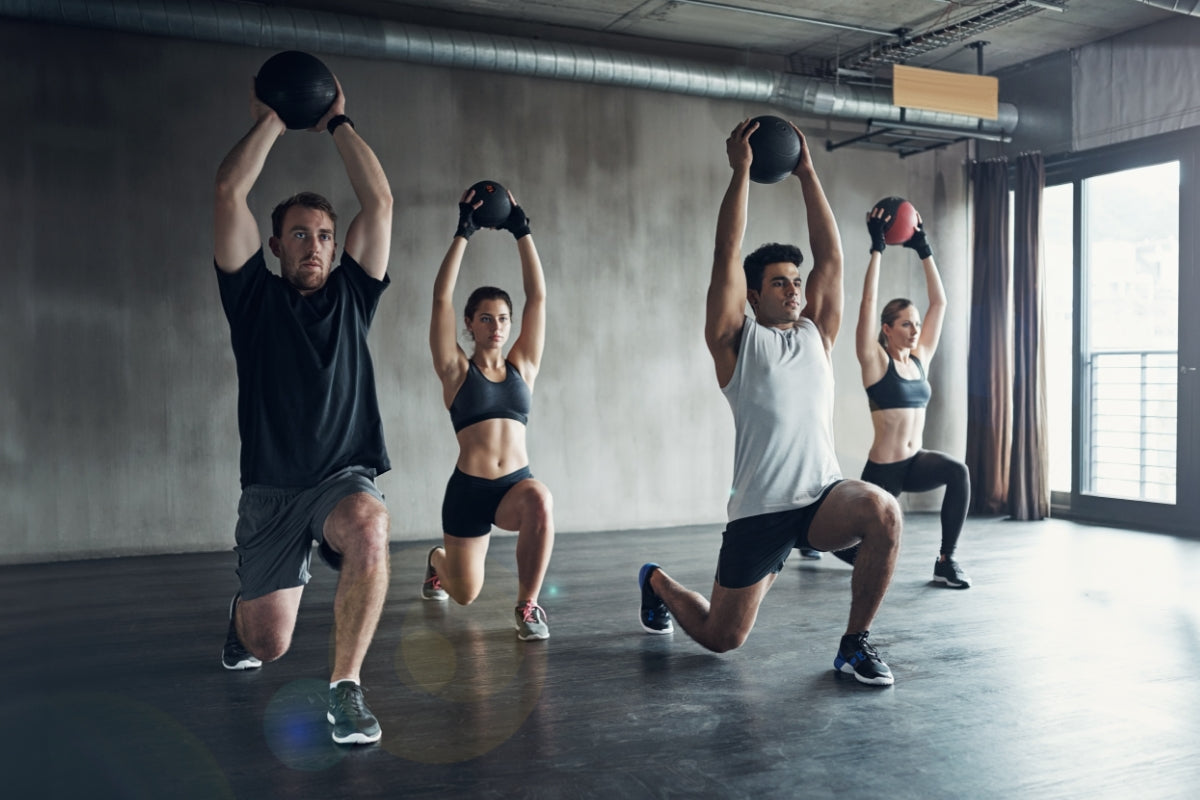
Think group personal training is just about herding people through a workout routine? Think again?
The best fitness professionals know that good group training is about creating a motivating ‘feel-good’ experience for every client.
Whether it’s university students looking to stay fit, young professionals needing motivation, or new parents wanted to set a healthy example for their children, you’ll be working with different people with different goals and abilities
The art of great group training is understanding this group ‘dynamic’ and giving everyone a workout experience that will have them coming back again and again.
But how do you cater to varied skill levels in one session? What strategies can you employ to keep your group engaged and motivated?
And what are the most effective ways to set group goals, provide feedback, and celebrate progress?
It's all in this guide to mastering group personal training...
1. Understand the Group Dynamics in Fitness Training
Creating an Inclusive Environment
Every clients’ goals are different. Some may want to lose weight. Some want to push themselves to get fitter. Others just want to get a sweat on together with their friends.
Creating an inclusive environment in your group training sessions that encompasses all this isn't just a nice-to-have; it's essential.
Why? Because the cornerstone of a successful fitness class lies in its ability to make everyone feel welcomed and capable.
First, let's break down the 'why'. When clients from various walks of life feel included, they're more likely to engage, push their limits, and return for more. This not only boosts your client retention rates, but also amplifies word-of-mouth referrals, a golden ticket in our industry.
So, how do you create this environment? It starts with understanding. Take time to know your clients' backgrounds, fitness levels, and personal goals. Use this insight to tailor your approach, from the language you use to the types of exercises you include.
Next, foster a sense of community. Group training thrives on mutual support. Encourage interaction and camaraderie among your clients. Simple gestures, like starting sessions with a brief introduction round or incorporating partner exercises, can break down barriers and build a supportive atmosphere.
Remember, an inclusive environment is your silent partner in ensuring client satisfaction and loyalty. It's the magic that transforms a group of individuals into a cohesive, motivated community, eager to return and ready to recommend your services.
Tailoring Workouts for Diverse Skill Levels
Variety is the spice of life, and in group personal training, it's the secret sauce for success. Dealing with a mix of skill levels in one class might seem daunting, but it's an opportunity to showcase your expertise and adaptability as a trainer.
Here's the deal: no one wants to feel left behind or unchallenged in a group session. Your role is to find that sweet spot where everyone, from beginners to seasoned fitness enthusiasts, feels catered to.
Start with a structured plan that accommodates varying levels. For instance, each exercise can have a basic version and progressions for more advanced clients. This approach not only ensures that nobody feels out of their depth but also gives everyone a goal to work towards.
Communication is key. Clearly explain each variation, demonstrating the proper form for all levels. Keep an eye out during the session, offering individual guidance as needed. This personal touch will not only help clients feel valued but also enhance their trust in your expertise.
Moreover, be mindful of how you challenge your clients. Encouragement is your tool of choice. Phrases like "choose the level that challenges you today" can be empowering. It shifts the focus from competition to personal growth, aligning perfectly with the ethos of group training.
2. Engage and Motivate Your Group
Communication Techniques for Large Groups
Communicating effectively in a large group setting is an art form that, when mastered, will significantly elevate your training sessions.
It's about more than just conveying information; it's about connecting with each participant, ensuring they feel seen and heard, even in a crowd.
First, let’s tackle the basics: clear, concise instructions are your foundation. In a large group, your words need to cut through the noise, both literally and figuratively. Use simple language and be direct. This clarity helps to prevent confusion and keeps the session flowing smoothly.
Eye contact is a powerful tool. Make a conscious effort to connect with as many individuals as possible. This non-verbal communication can be incredibly motivating and helps build a personal connection, making participants feel individually acknowledged in a large group.
You can also change your tone of voice and volume to match the energy of the workout. A dynamic, enthusiastic tone can be incredibly infectious, particularly during high-intensity segments, while a calm, encouraging tone can be reassuring during more challenging or complex exercises.
Lastly, remember to listen. Encourage feedback and be responsive to it. This two-way communication fosters a sense of community and belonging, essential for group cohesion and motivation.
Incorporating Interactive Elements
Make your sessions interactive and you’ll create a better workout experience.
These elements not only break the monotony but also foster a sense of community and healthy competition.
Start by integrating group challenges. These could be time-based, like who can hold a plank the longest, or performance-based, like most reps in a minute. The key is to keep it fun and inclusive. Rewards, even if they're just recognition or a shout-out, can be a great motivator.
Partner exercises are another fantastic way to encourage interaction. They create a sense of accountability and support among participants. Exercises where partners rely on each other to complete a task can also foster a sense of teamwork and camaraderie.
Don't forget to use technology to your advantage. Fitness apps and wearables can be integrated into your sessions to track progress or create competitive leaderboards. This not only adds an element of fun but also helps participants track their own progress, which can be hugely motivating.
Lastly, incorporate feedback and reflection periods. Allow time for participants to share their experiences or learnings from the session. This not only gives you valuable insights into what works but also helps participants feel valued and heard.
By effectively communicating and incorporating interactive elements, you'll create an engaging, dynamic environment that not only challenges participants but also keeps them coming back for more. Remember, your goal as a trainer is to not only guide but also to inspire and motivate.
3. Measure and Celebrate Group Progress
Setting Goals and Benchmarks in your Group Training In group fitness, progress can sometimes be overshadowed by the day-to-day activities of training. However, setting group goals and benchmarks is a vital step in not only tracking progress but also in keeping your group motivated and focused.
Start by establishing clear, achievable goals for your group sessions. These can range from improving overall fitness levels to mastering specific exercises or achieving a collective mileage in cardio exercises.
The key is to make these goals both challenging and realistic, ensuring they are within the reach of the group while still requiring effort and dedication. Involve your group in the goal-setting process. This inclusion can significantly boost their commitment and enthusiasm. When individuals feel they have a stake in the goals, they're more likely to push themselves and each other.
Keep track of these goals visually. Whether it's a chart on the wall or a digital tracker, having a visual representation of progress keeps the goals front and centre. It also provides a constant reminder of what the group is working towards, reinforcing a sense of purpose and direction in your sessions.
Feedback Mechanisms and Recognition Strategies
Feedback and recognition are crucial in maintaining motivation and building a positive training environment. They are the tools that help you celebrate successes and navigate challenges.
Implement regular feedback sessions. These can be informal, like a quick chat at the end of a session, or structured, like a monthly check-in. Use these sessions to gather insights on how your clients feel about the training, what they enjoy, and where they face challenges. This feedback is invaluable in tailoring your sessions to meet the group's needs and preferences.
Recognition plays a pivotal role in motivation. Celebrate milestones, no matter how small. Did the group reach a collective goal? Did someone master a challenging exercise? Acknowledge these achievements. Simple gestures, like a shout-out during the session or a congratulatory message on your group chat, can go a long way in boosting morale.
Consider creating a 'Member of the Month' or similar recognitions. These not only highlight individual achievements but also create role models within the group, inspiring others.
Finally, remember to celebrate the journey, not just the destination. Acknowledge the effort, commitment, and improvement over time. This approach ensures that everyone, regardless of their fitness level, feels valued and recognised for their contributions.


